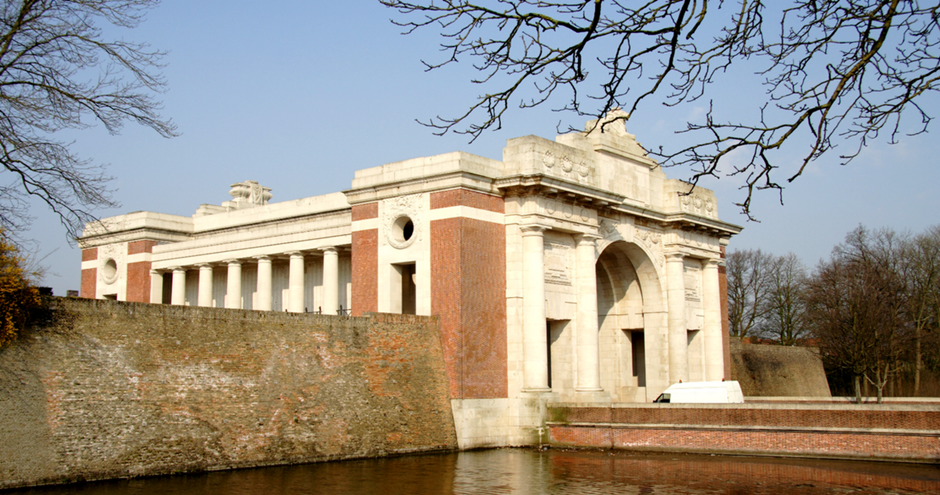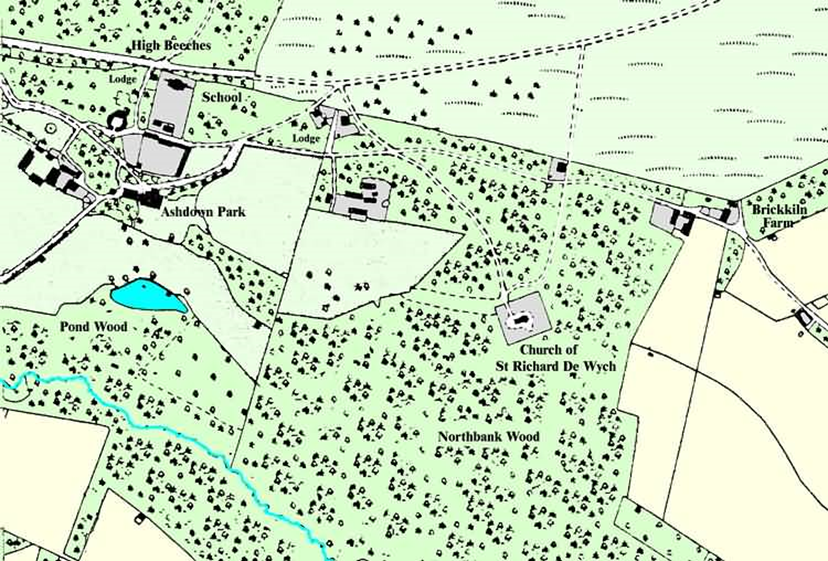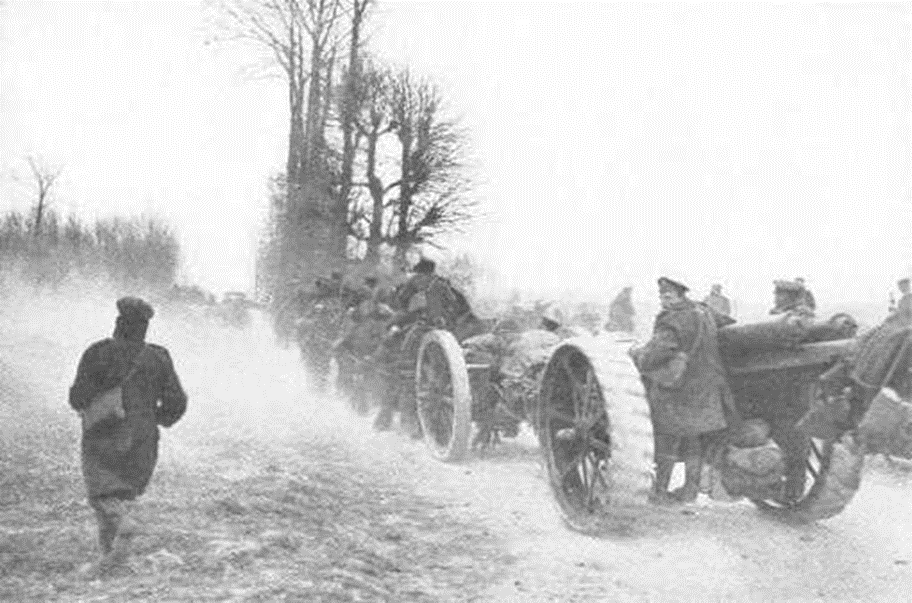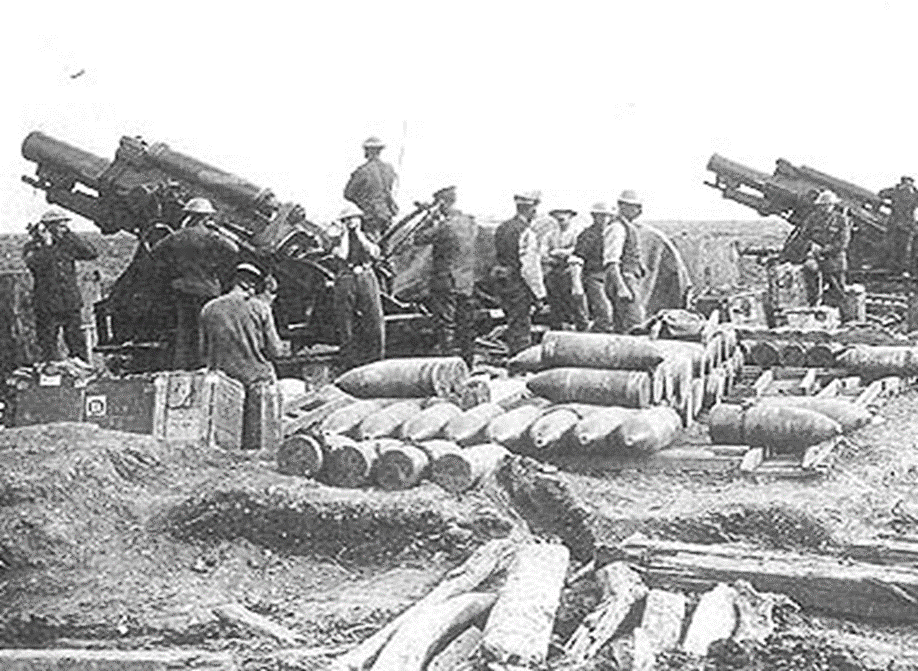FREDERICK WILLIAM HILL
Gunner, 124708, 1st Siege Battery, Royal Garrison Artillery
Killed in Action on 31 July 1917 near Ypres, Belgium, aged 31
He has no known grave and is listed on the Ypres (Menin Gate) Memorial: Panel 9

Ypres (Menin Gate) Memorial
(Click to enlarge)
Frederick William Hill was born in Hartfield in 1886, the son of George and Emma Hill. The Hill family were recorded as living at Brickkiln Farm, Coleman's Hatch (close to Ashdown Park) in the 1891 census when Frederick William was recorded as a five year old scholar. His father was listed as a farm labourer. At the 1911 census Frederick William lived with his parents and seven siblings at the same address; his father was now recorded as a farmer.
Known as William, prior to the war he lived in Tunbridge Wells and his pre-war occupation was a domestic gardener. He enlisted at Worthing and was killed in action on 31 July 1917 near Ypres, Belgium, aged 31. He has no known grave and is listed on the Ypres (Menin Gate) Memorial: Panel 9. He is listed on the War Memorials in Coleman's Hatch and Hartfield.
His parents were listed as living at 1, St. James Cottages, Balcombe, Haywards Heath at the time of his death. His younger brother Frank Edmund Hill was listed in the census as a farm labourer and one of his sisters was a dairy worker. Frank lived to the age of 84 and he died in Crawley in 1975. There is no record of him serving in the First World War.

Location of Brickkiln Farm in 1899 when
Frederick William Hill may have been living there
(Click to enlarge)
Frederick William Hill served with the First Siege Battery of the Royal Garrison Artillery. The First Siege Battery was first deployed to France on 17 September 1914.
The Royal Garrison Artillery (RGA)
The Royal Garrison Artillery was equipped with much larger weapons than the Royal Field Artillery. Howitzers from 6 inch and 9 inch bore were common as were 60 pounder heavy field guns. These weapons became the first to be hauled by motor tractors rather than horse power. Some of the guns were so large that they could only be deployed on railway tracks.
The role of the Siege Battery in the First World War
The siege batteries of the RGA were equipped with heavy howitzers. These sent large calibre high explosive shells in high trajectory, plunging fire. The usual armaments were 6 inch, 8 inch and 9.2 inch howitzers, although some had huge railway- or road-mounted 12 inch howitzers. As British artillery tactics developed, the siege batteries were most often employed in destroying or neutralising the enemy artillery, as well as putting destructive fire down on strongpoints, dumps, store, roads and railways behind enemy lines.

A Heavy Battery of the RGA tows its 60-pounder guns along the roads of Northern France
(Click to enlarge)(Source: The Long Long Trail.co.uk)

9.2 inch howitzers of a Siege Battery in action on the Western Front
(Click to enlarge)
(Source: The Long Long Trail.co.uk)
On 31 July 1917 the Allies launched a renewed assault on German lines near Ypres, in the Flanders region of Belgium. After an opening barrage of some 3,000 guns, British Commander in Chief, Sir Douglas Haig, ordered nine British divisions, led by Sir Hubert Gough's 5th Army, to advance on the German lines near the Belgian village of Passchendaele; they were joined by six French divisions. In the first two days of the attacks, while suffering heavy casualties, the Allies made significant advances, in some sectors pushing the Germans back more than a mile and taking more than 5,000 German prisoners. The Third Battle of Ypres was also known as Passchendaele. Frederick William Hill was killed on the first day of this battle.
Carol O'Driscoll
24 November 2017
Updated 5 May 2020

